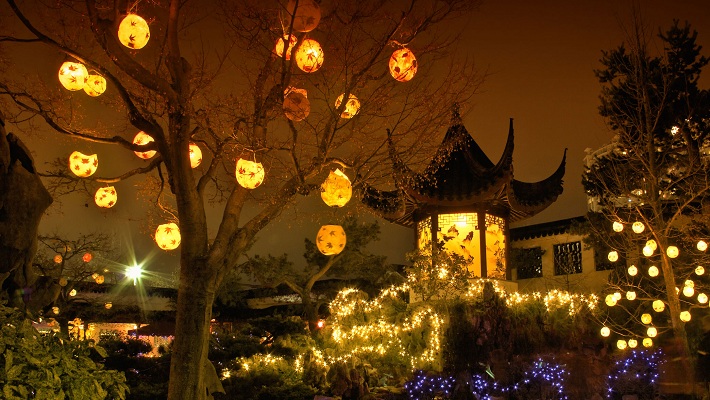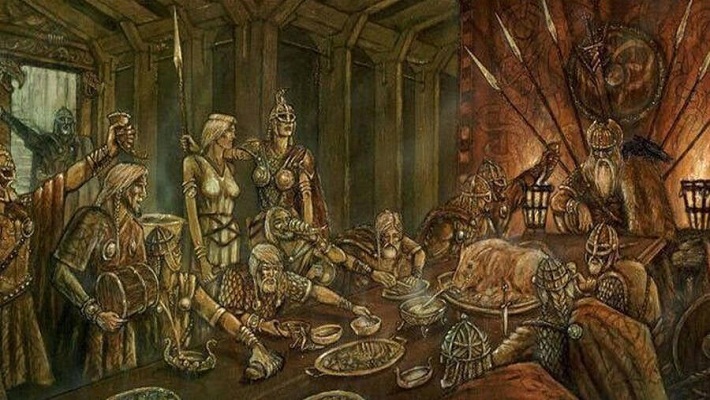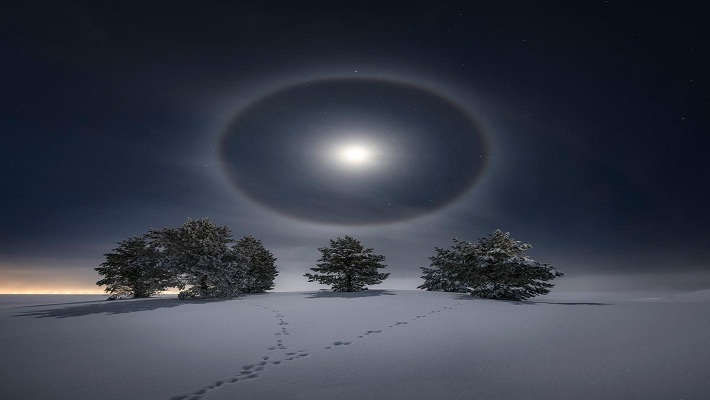
There are certain days in a year that are very special in the universe. Most people are probably unaware of the winter solstice. It occurs when any of the Earth's poles aligns its angle so that it is at its greatest distance from the sun. It is all about the longest night and the shortest day. It is also known as the hibernal solstice. The solstice occurs twice a year, once in each hemisphere (the northern and southern).
It is the day with the least amount of daylight and the longest night of the year, when the sun is at its highest daily maximum elevation in the hemispheres. The winter solstice at either pole is surrounded by twilight or never-ending darkness.
The winter solstice happens during the winter season in the northern hemisphere. The northern hemisphere refers to this as the December solstice, which occurs on December 21st or 22nd. Similarly, in the southern hemisphere, this is the June solstice (usually the 20th or 21st of June). Even though the winter solstice only lasts a few hours, that particular day is referred to as the "occurrence."
Although "midwinter" has other meanings, the word is also used synonymously with the winter solstice. Conventionally, in many temperate regions, the winter solstice is observed as the midpoint of winter; nowadays, in fewer nations and calendars, it is seen as the start of winter. Other wording is "the major winter" or "the shortest day."
In ancient times, the winter solstice was given utmost importance in many cultures and was celebrated with festivals and customs.
History of Winter solstice

For some cultures, this day may have been a significant moment of the yearly cycle during the new Stone Age. Certain activities have been guided by astronomical events, such as the planting of crops and the surveillance of winter reserves of food.
Many ancient thoughts and traditions are derived from this. The winter solstice was considered crucial because mankind's progress was dependent on it being tracked. People suffered from a lack of food during the first months of winter, which were effective from January to April (in the northern hemisphere) or July to October (in the southern hemisphere) and were also known as "the famine months."
The midwinter festival was the ultimate feast celebration before the start of deep winter, especially in temperate climates.
Importance of winter solstice in various regions

In Europe, the Stone Age and the beginning of the Bronze Age are correlated with the winter solstice, such as at Stonehenge in England and Newgrange in Ireland. The main axis of these two monuments appears to have been precisely placed on a sight line that points to the winter solstice sunrise and sunset.
In the German region, the Yule festival is a celebration performed by the people in Germany. A book called Heimskringla, penned in the 13th century by an author named "Snorri Sturluson," explains the Yule feast hosted by the Norwegian king.
In India, Makara Sankranti is a special day in the Hindu calendar dedicated to the sun god. It is seen every year in January. It depicts the first day of the sun's passage into Capricorn, showing the end of the month along with the winter solstice and the commencement of extended days.
Final note
Taking everything into account, this is a once-a-year event and should be observed with great interest.







